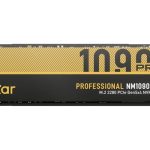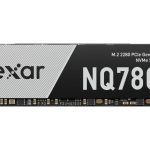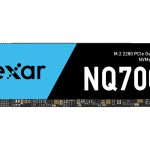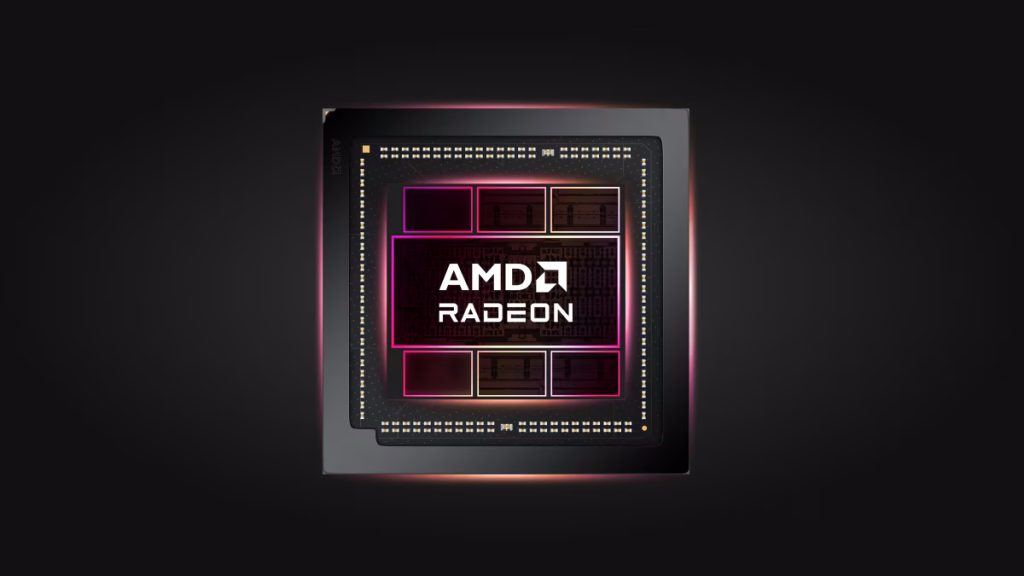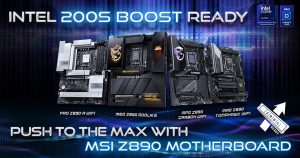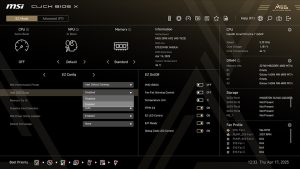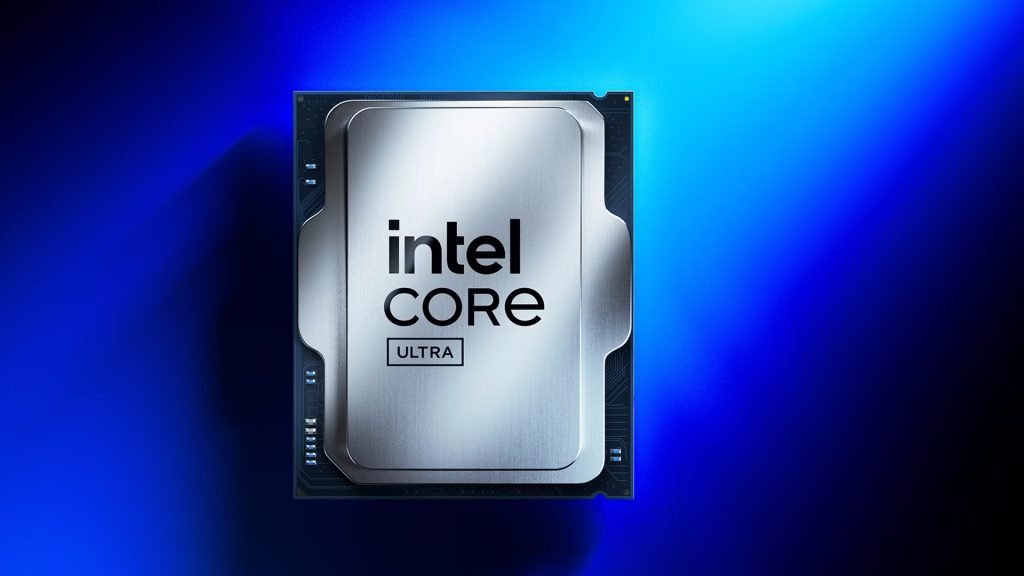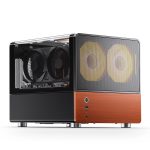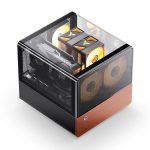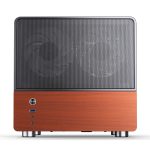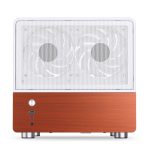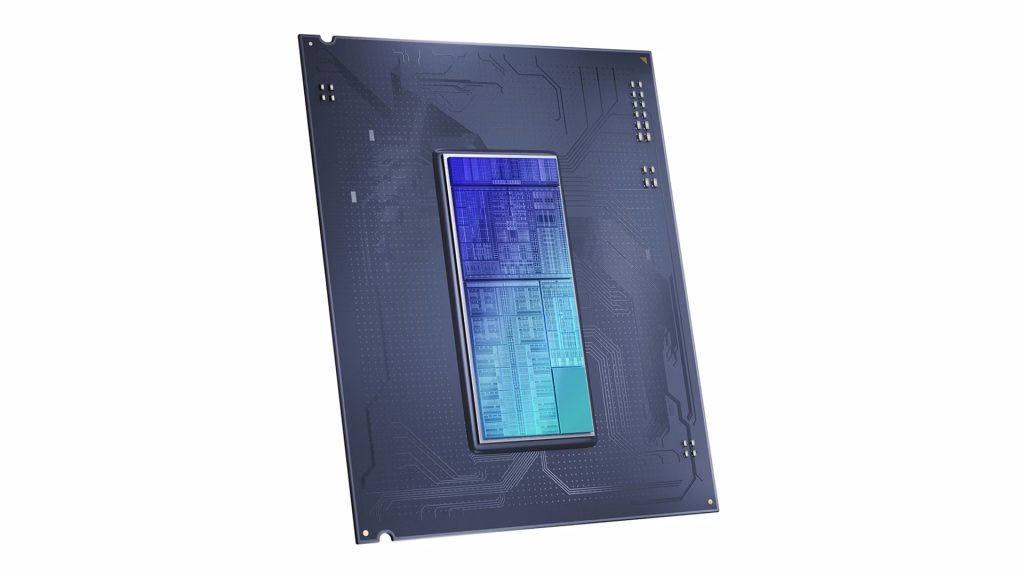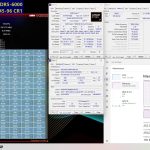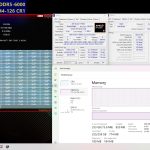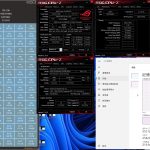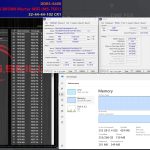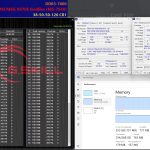MSI is bundling Clair Obscur: Expedition 33 with PC cases and PSUs
MSI is back with another component game bundle. This time around, MSI is offering up 2025's highest-rated game to date – Clair Obscur: Expedition 33. Those picking up select MSI PC cases or power supplies in the near future will be eligible for a free copy of the game.
The eligible MSI cases and power supplies all belong to the MEG, MPG, and MAG series. For cases, the campaign includes the MEG Maestro 700L and Prospect 700R, as well as the MPG Gungnir 300R and Velox 300R series. As for the PSUs, the eligible products are the MEG Ai1600T and Ai1300P, the MPG A1250GS, A1000GS, and A1000G, as well as the MAG A1250GL and A1000GL PSUs.

Paired with this hardware, you get to dive into the world of Clair Obscur: Expedition 33. This is a turn-based fantasy RPG set in a unique Belle Époque-inspired world where players join Expedition 33 to battle against a mysterious entity known as the Paintress, who threatens all life with a deadly curse. You'll explore this intriguing setting, uncover mysteries, and engage in strategic combat.
The campaign is only available for eligible products acquired between April 24th and May 24th, but the key can be redeemed until June 21st, or while supplies last. The key can then be activated up to April 24th, 2026. For more details on this bundle, please visit the campaign's website.
KitGuru says: Are you planning to buy a new PC case or power supply? Perhaps this bundle could be of interest if you were also planning to play Clair Obscur: Expedition 33.
The post MSI is bundling Clair Obscur: Expedition 33 with PC cases and PSUs first appeared on KitGuru.







